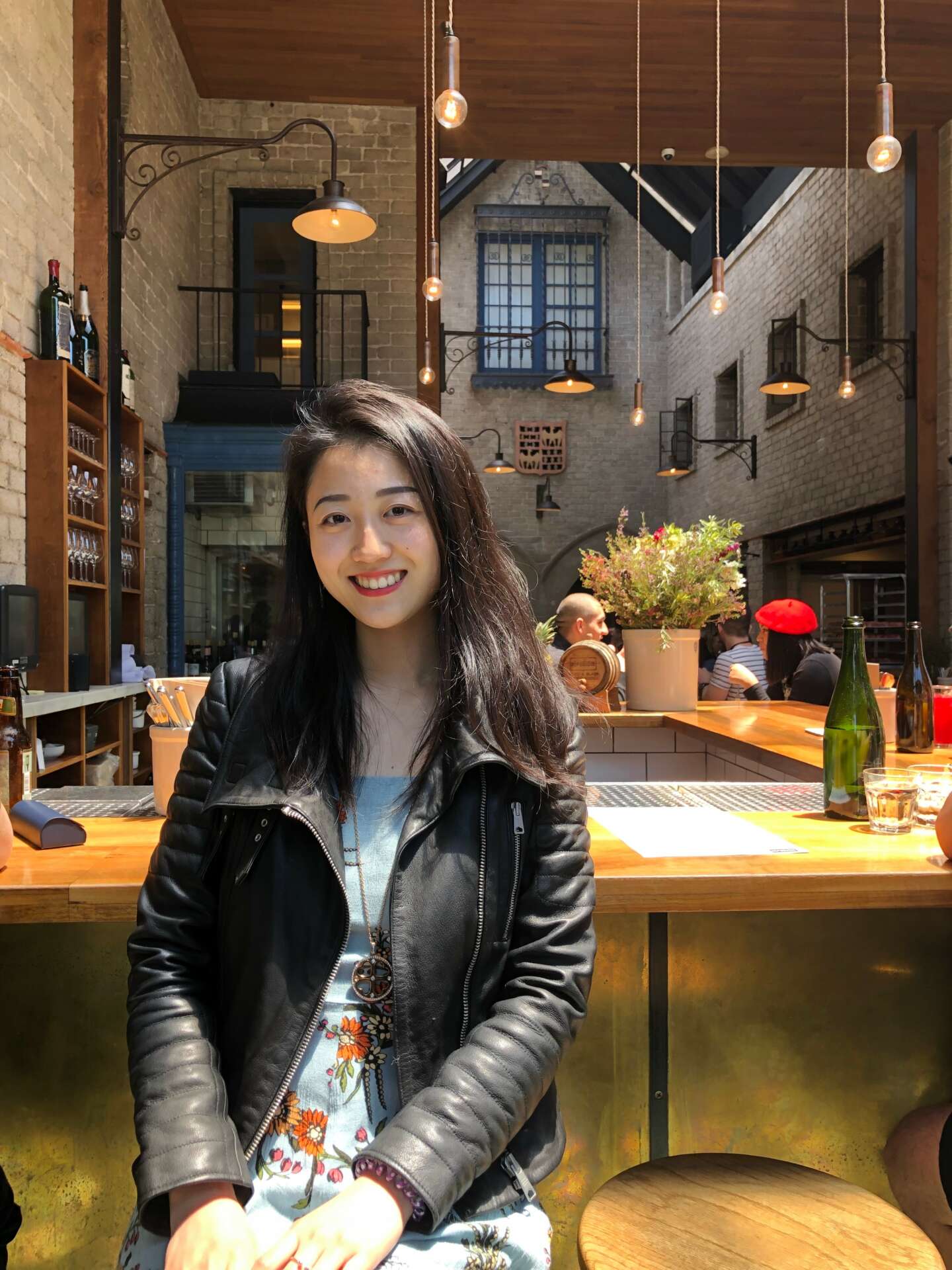We were lucky to catch up with Yitong Wang recently and have shared our conversation below.
Yitong, thanks for taking the time to share your stories with us today Any advice for creating a more inclusive workplace?
My advice for creating a more inclusive workplace is that there is not one already there, prepared for us. The key is to go out and connect to people from all backgrounds and then achieve an inclusive workplace. There are ways to get started—art schools, art fairs, artist residencies, and even just sharing any idea with friends and family who can listen to it and, perhaps, give feedback. From my experience, I started off learning drawing in a studio where I could communicate with two tutors, and we would experiment with different drawing tools and read magazines and art books. The process was very open and inclusive and helped me build my drawing style back then. But then, when I went to UCLA for their undergrad art program, I lost that open-minded workplace because I didn’t know how to “use” a critique class and how to build a new workplace from scratch. There was no consistent teamwork-building schedule like the one I had in the studio. Then, I started to lose patience with my ideas and work. I felt that no one was helpful and had a weird confidence in the first drafts of my work—I was in a limbo zone for a while. Until I began to meet people in other fields like astronomy, oceanography, and even linguistics, I found new inspirational sources. It helped me escape the mindset that I could only make artwork in an art program. And that increased possibilities in my future decisions on topic searching, medium format, and audiences.
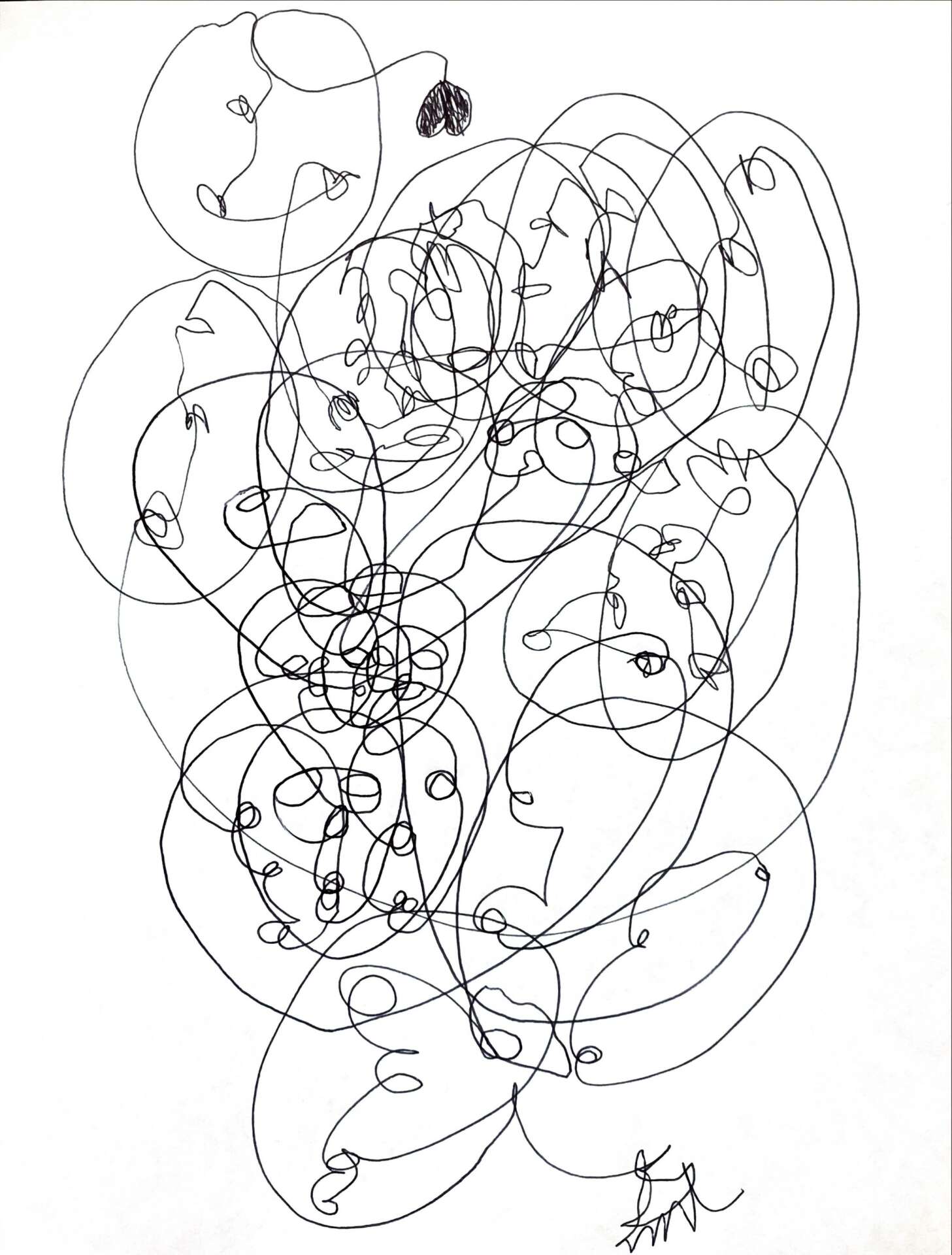
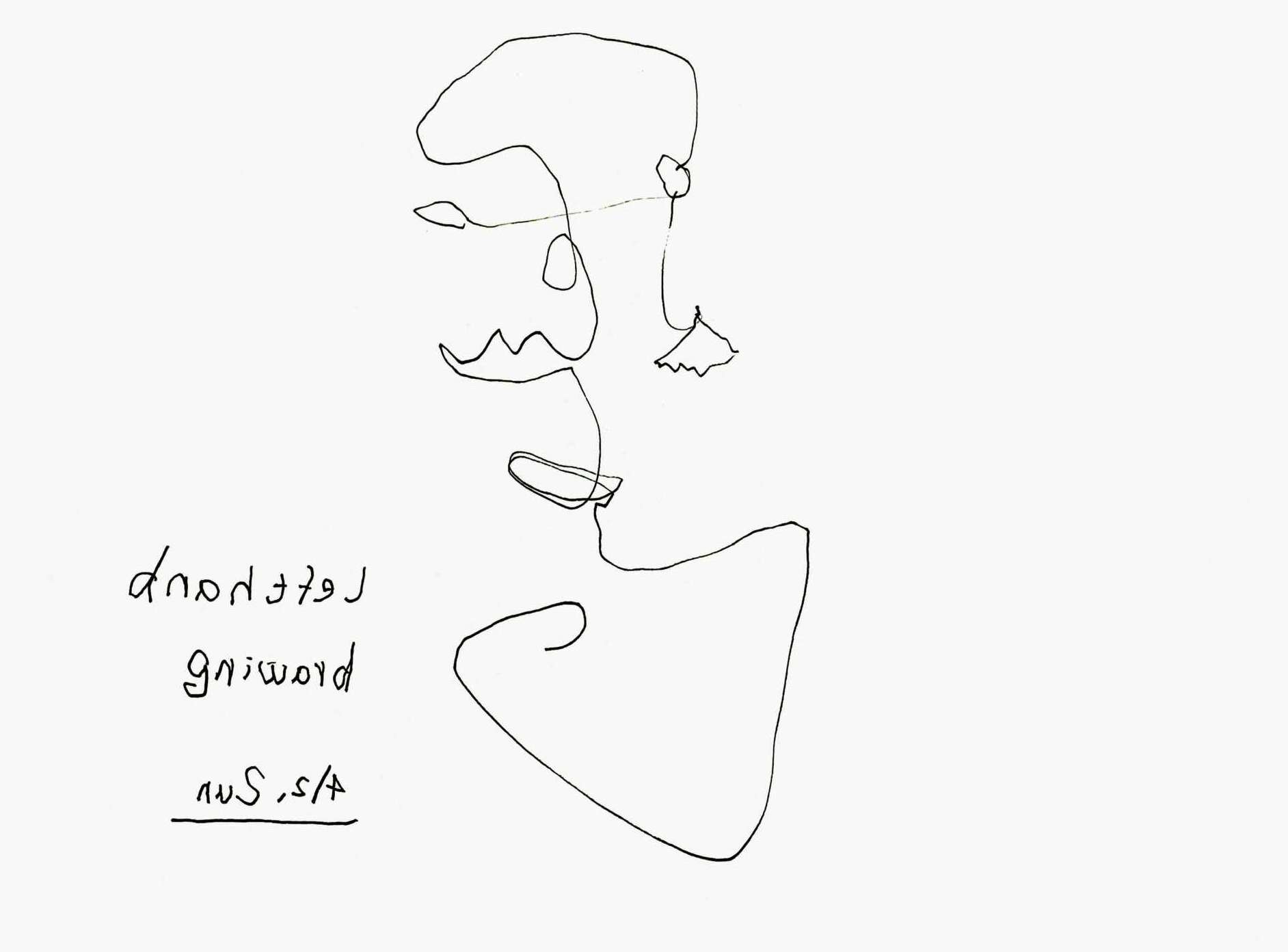
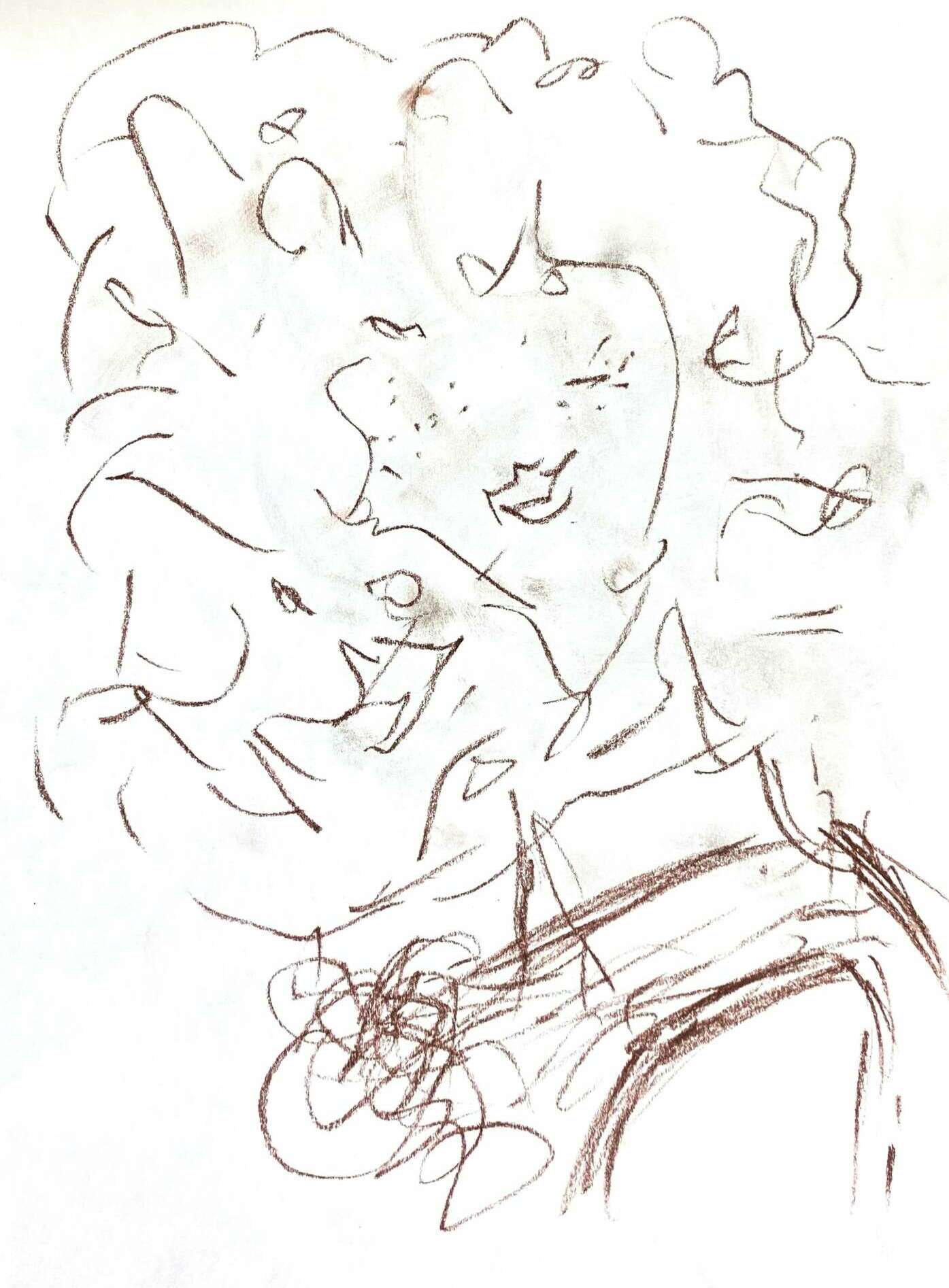
Great, appreciate you sharing that with us. Before we ask you to share more of your insights, can you take a moment to introduce yourself and how you got to where you are today to our readers.
I created my first drawing portfolio when I was 17. But before that, I drew every family member on festival cards when I was six because I hoped we could stay together forever. Those sentimental moments and acts are what got me into the art field. I’ve worked with acrylic and gouache drawings, ceramics, film photography, writing, and my hands. It’s impossible to pick one primary artistic tool because those are interchangeable for me. I can switch any device depending on the topic of my work and, really, the feelings at each specific moment. Currently, I’m using writing and photography to dramatize the idea, which I’m very proud of. For the writing, I have written flash fiction, image descriptions, short stories, and a TV pilot script. For photography, I’ve shot both digital and film, capturing the emotions and the lights of places I go to and people I meet with a subconscious decision to stop time and save the good old memories. I know that the impulsion of catching what’s not keepable is paradoxical per se; the conflict and the revelation at the end of the day humans have to embrace are worth digging into. To sum up, I’m using specific language to communicate with the audience on topics closely relating to life, time, death, imagination, and self. The language is writing down a feeling of a moment, taking pictures, or a quick sketch. So when the audiences see or read my work, they will resonate with the storytelling and reflect on their own sentimental moments.
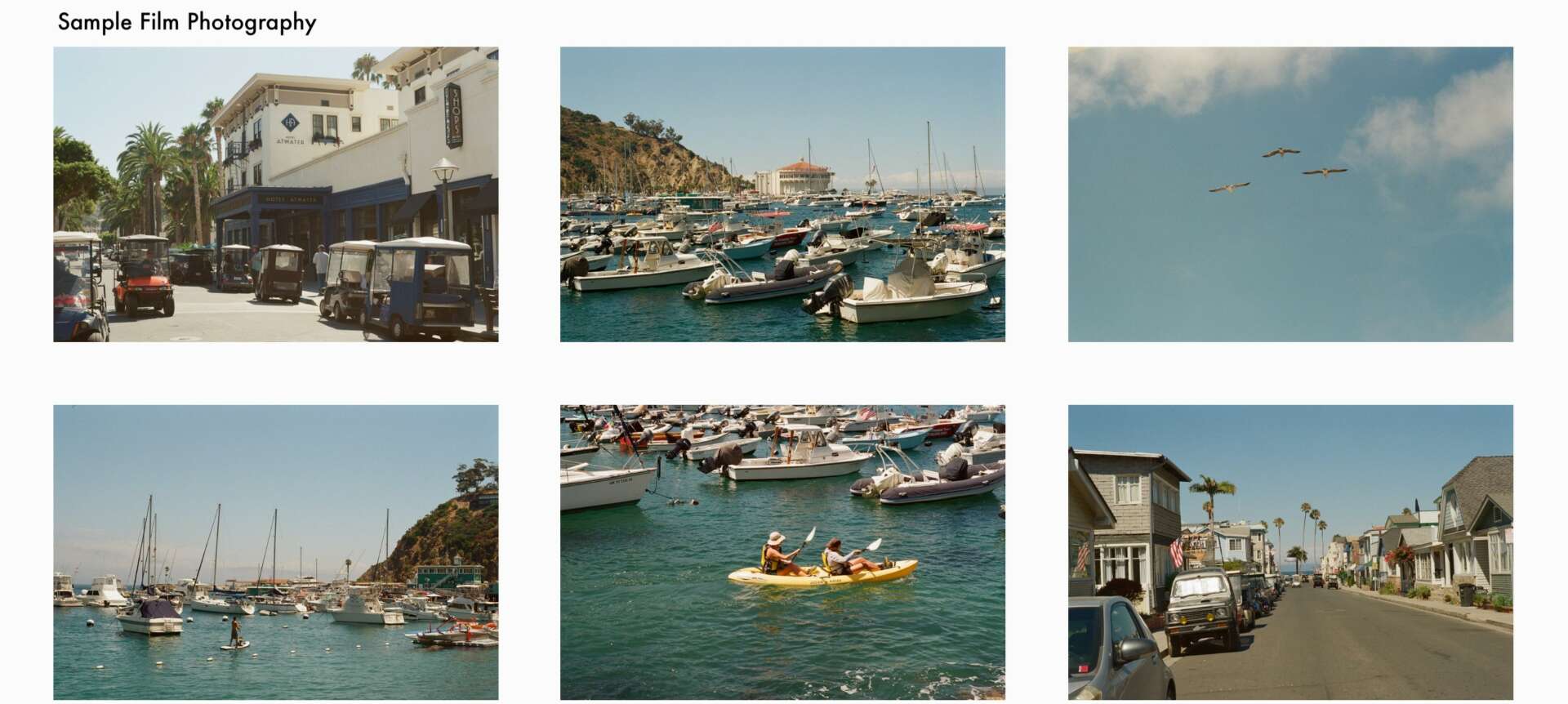
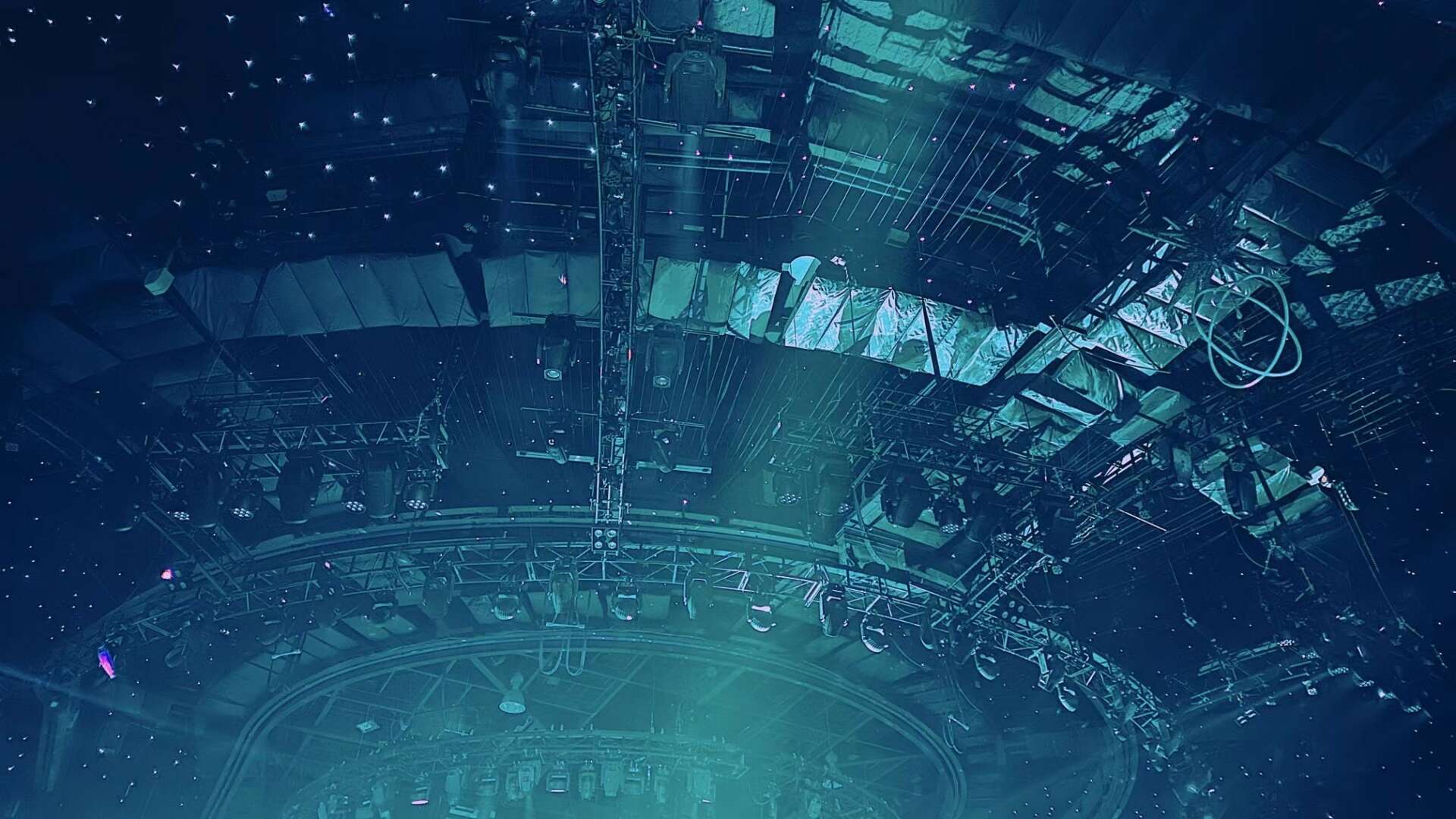
What do you think is the goal or mission that drives your creative journey?
There is one mission driving my creative journey. I was deeply influenced by my family’s Buddhist practices for years. From an early age, I just knew that this world is not as it seems; there is more in the spiritual world that we can’t see or touch. So, I’m always the more sensitive kid at school. I could break down layers of 10 minutes of sadness towards an event. And I overthink all the time—not worrying about something but brainstorming everything simultaneously. Then, I figured that I needed to let some of them out because, if not, I would be overthinking in a bad way. Therefore, I started the creative journey.
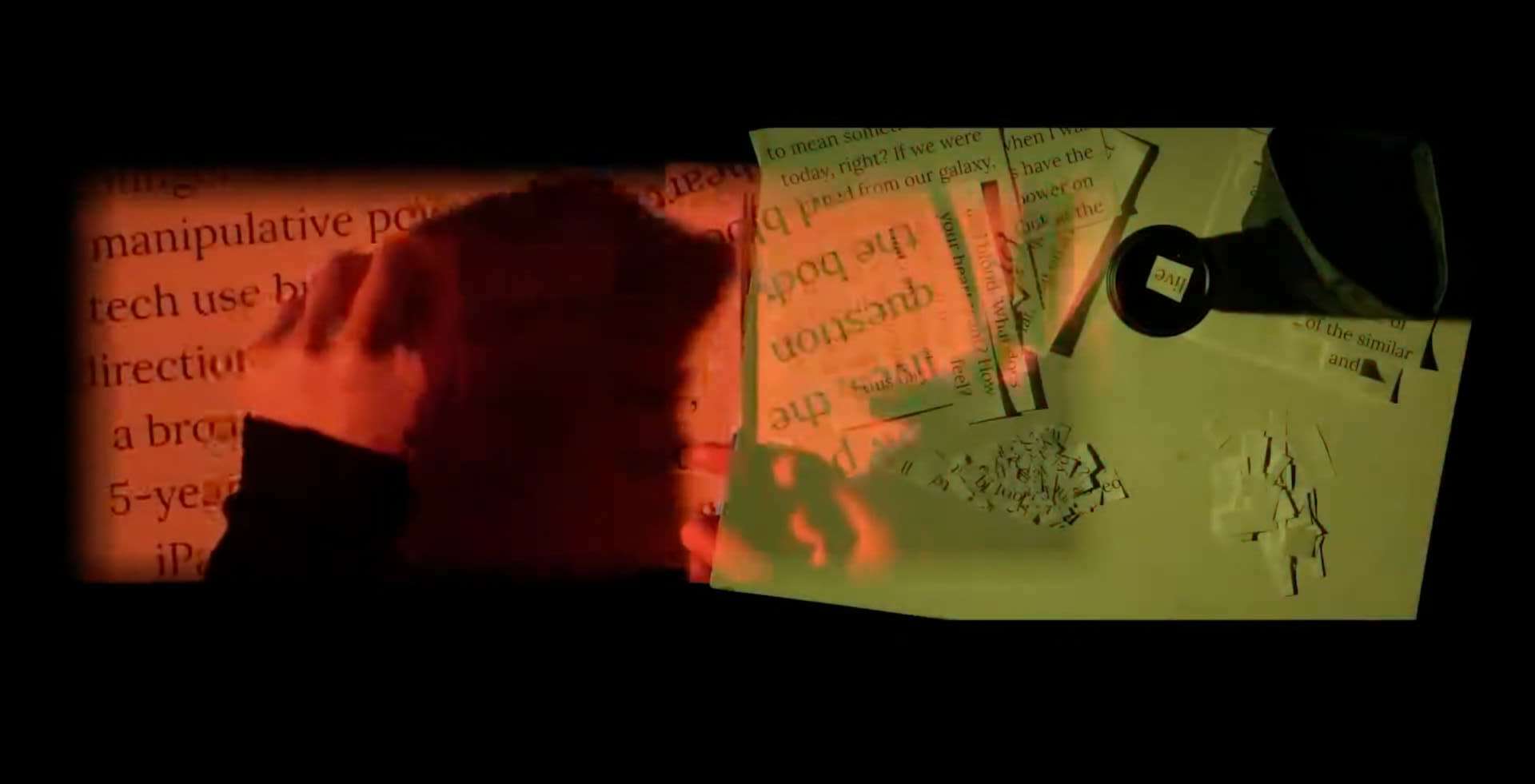
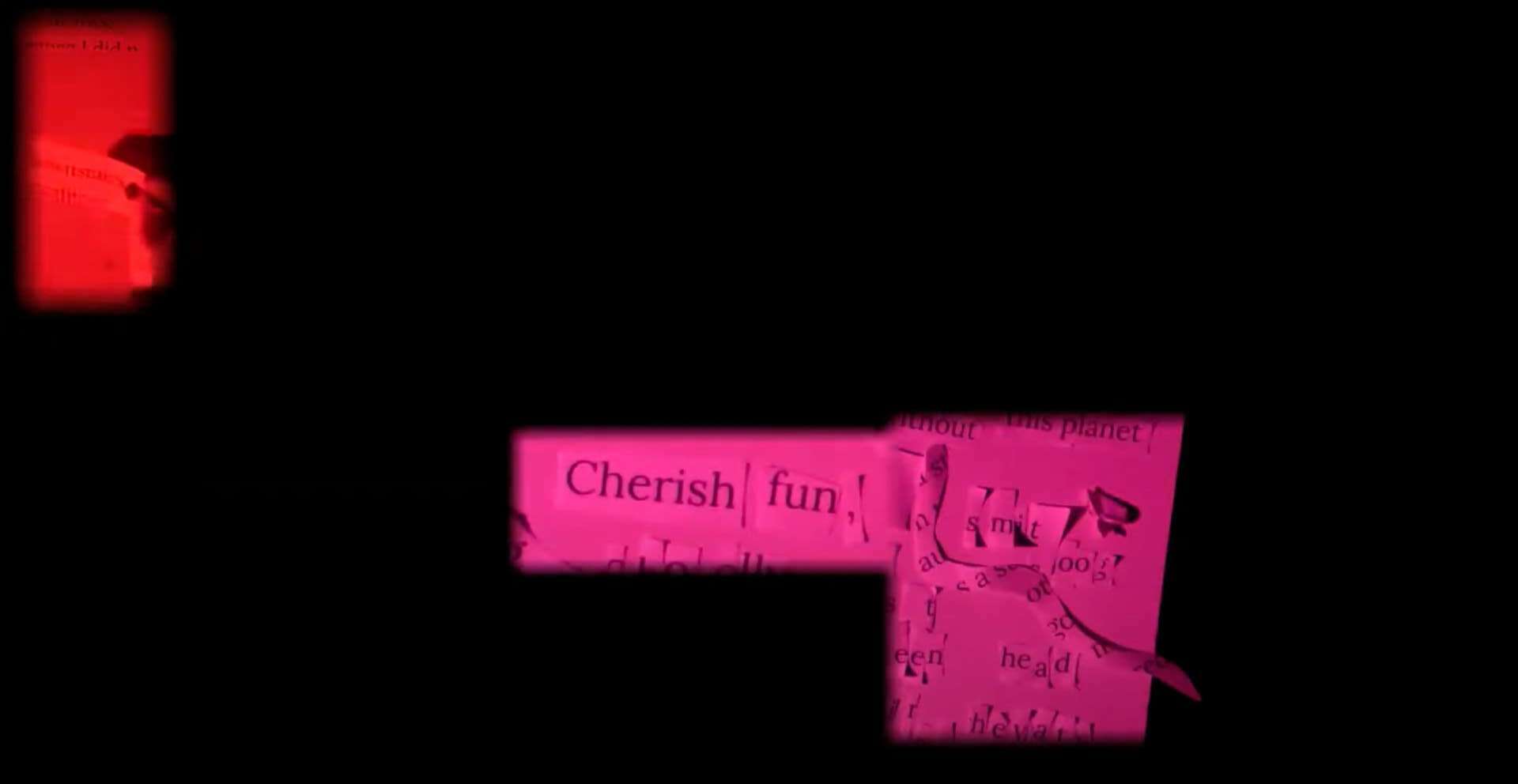
What’s the most rewarding aspect of being a creative in your experience?
For me, the most rewarding aspect of being a creative person is that regardless of what’s going on outside, I’ll always find myself inside. But that doesn’t mean I’m detached from the outside world; on the contrary, making art gives me more strength and confidence to embrace the brutal and beautiful reality. And it teaches me to observe, be patient with life, live in this moment, and watch from more perspectives. Once an artist finds a healthy balance between the inside voices and the outside walls, it’s the most rewarding experience.
Contact Info:
- Website: https://yitongwang.space/
- Instagram: not_real_yitong
- Linkedin: https://www.linkedin.com/in/noelaniw/


